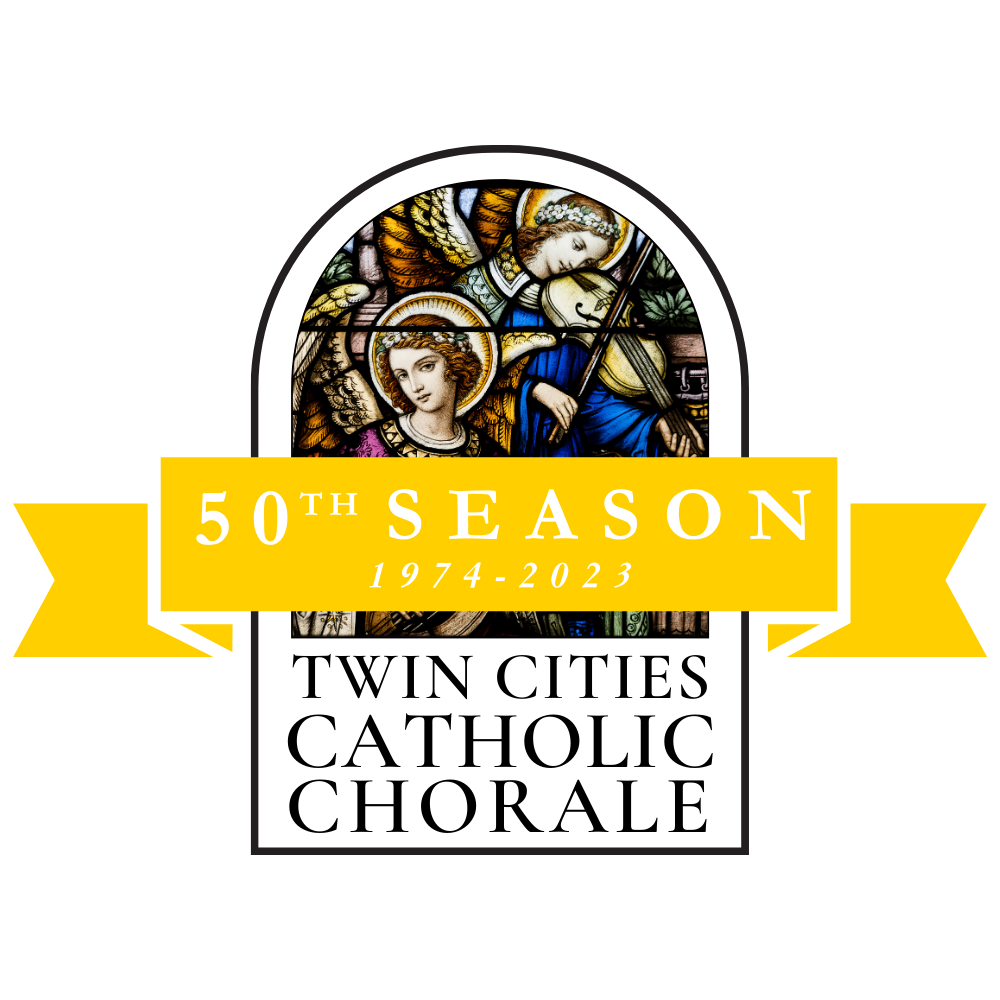Anton Diabelli (1781-1858) is widely known for his contribution of the waltz tune for Beethoven’s famous Diabelli Variations, Op. 120, often considered the greatest set of variations for the keyboard. Diabelli sang in the boys’ choir in Salzburg, where he took composition lessons from Michael Haydn, Josef Haydn’s brother. He was a monk at Raitenhaslach Abbey in Bavaria until 1803, when it was closed by the government due to secularization. He then moved to Vienna where he became a successful music publisher and arranger. He promoted the music of Franz Schubert, and was the first to publish Schubert’s famous Lied, “Erlkönig” in 1821. The Pastoralmesse in F was composed in 1830. Diabelli died in Vienna at the age of 76.
The instrumentation of this Mass is extensive: 1 flute, 2 oboes, 2 bassoons, 2 trumpets, timpani, strings and organ.
The Kyrie begins in 6/8, a typical time signature for a pastoral or rural-inspired composition.
The Gloria movement consists of three short opening movements followed by the Gratias agimus tibi “we give you thanks” in A major. Soon after appears the d minor Qui tollis “you take away [the sins of the world]” that modulates through various keys until ending on the dominant of C major. The concluding Cum sancto spiritu “with the Holy Spirit” is a rollicking fugato section in 6/8 meter. Diabelli will use the same music of this Cum sancto spiritu fugato in the Dona nobis “grant us peace” ending section of the mass.
The Credo begins in a simple, pastoral style, but changes dramatically at the Et incarnatus est. Here a solo flute representing the breath of the Holy Spirit weaves in and out of a trio of solo female voices. The vocal trio is characteristic of the Alpine “Dreigesang,” or three voices in close harmony. This is followed by a dramatic Crucifixus section. The final third of the Credo resumes with the Et resurrexit. A final, bright, Et vitam venturi alternates with soloists and chorus.
The Sanctus begins in a majestic C major with winds, brass and strings. A buoyant Osanna follows in 6/8. The Benedictus alternates pairs of voices that eventually sing together.
The Agnus Dei, in a slow triple meter, begins in the heroic key of Eb. It concludes with the familiar rollicking music heard at the end of the Gloria set to the Dona nobis pacem text. The familiar ending brings a sense of pastoral joy and ease to the listener. Let us hope that this little-known work receives a wider audience in years to come.
